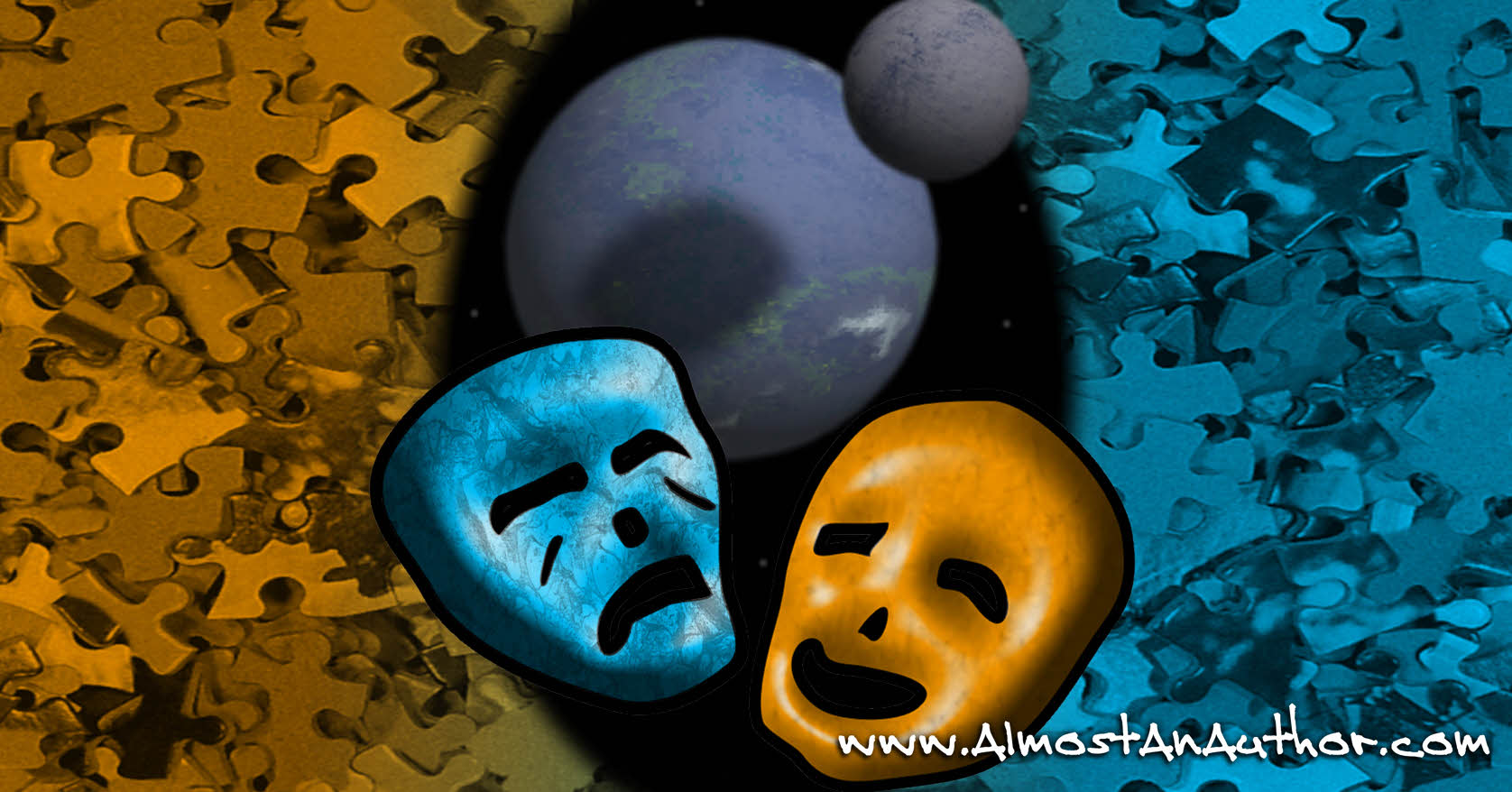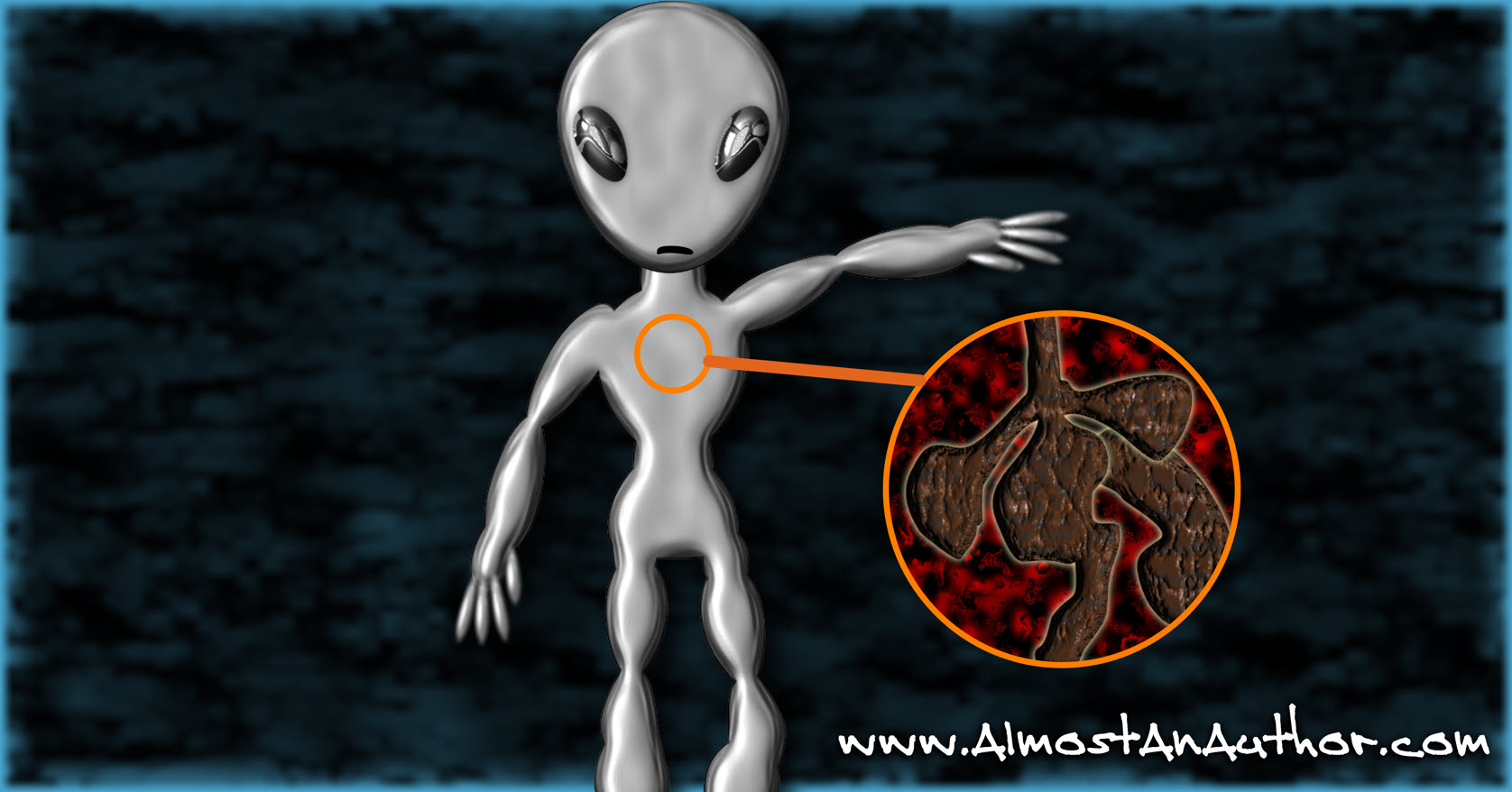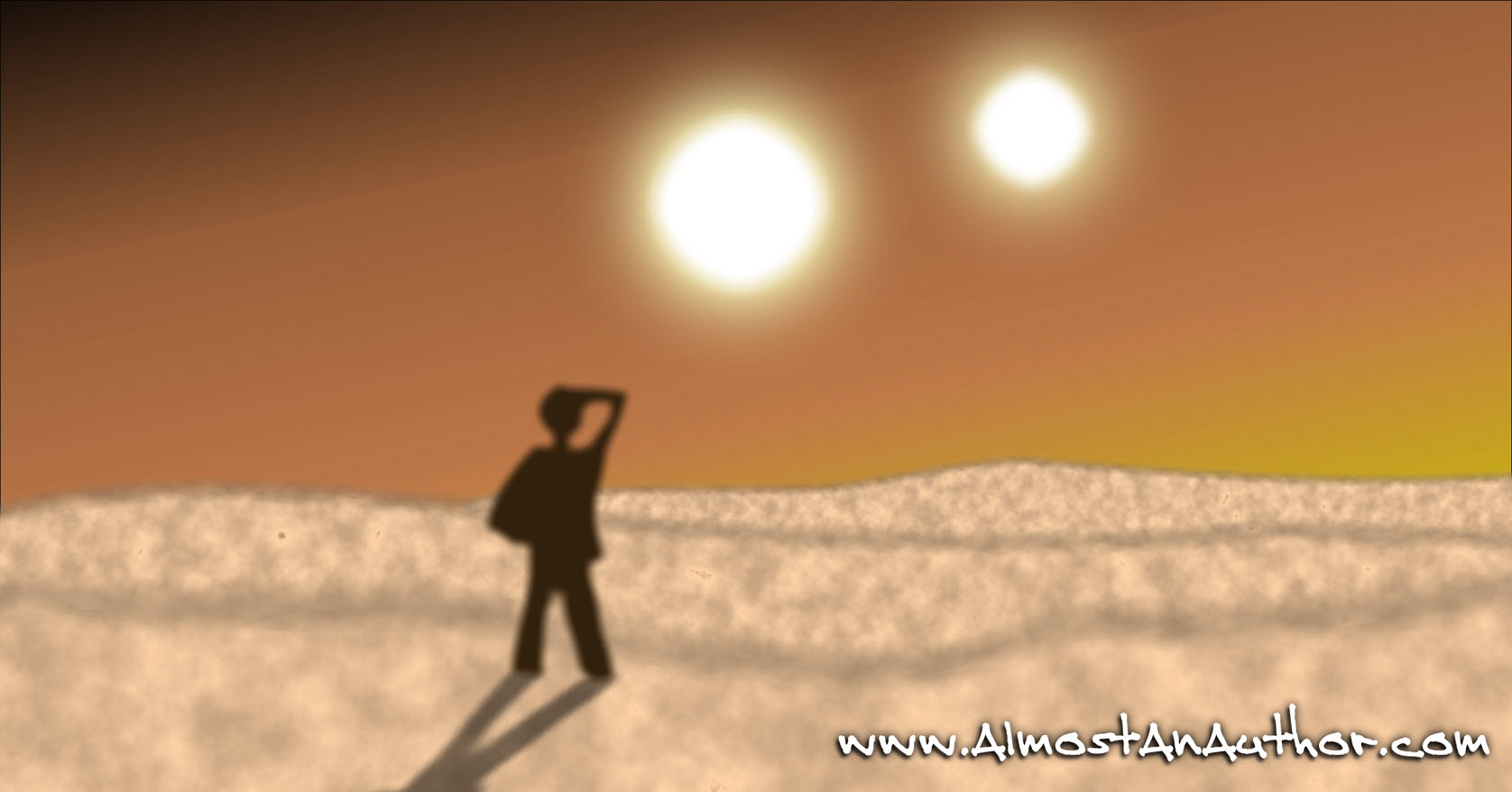
Pizzanomics and the Economy of Words
In The Picture of Dorian Gray, Oscar Wilde writes that people know the price of everything and the value…
March 10, 2023
In The Picture of Dorian Gray, Oscar Wilde writes that people know the price of everything and the value…
March 10, 2023
Any gamers in the house? I’m a huge fan of games: the creativity, the challenges, and the competition, of…
January 17, 2023
Sharing your fantastical words and worlds can be terrifying. You feel everyone’s eyes on you, weighing the thoughts you…
November 15, 2022
An important part of what makes your story fit into the Science Fiction and/or Fantasy genres is an element…
December 15, 2021
Time travel is a stable in science fiction. Countless books, comics, movies, and TV shows have used it as…
September 7, 2021
There’s an important difference between Science Fiction and Scient Fantasy. Scient Fiction is based on real world science, even…
June 7, 2021
Sometimes it’s easy to think character development looks similar across genres. And for the reader, it usually does. Even…
September 7, 2020
There’s something about a good sci-fi story that pulls me in and doesn’t let me go. In those moments,…
October 7, 2019
The trend within the fantasy and sci-fi genres is to push for more detailed world-building within our stories. While…
May 7, 2018
Which world, or sub-genre, does your novel belong to? Bookstores have general genre sections in which to categorize their…
April 7, 2018
We’ve spoken before about how little details can help color your storyworld. Societal habits, mating customs, dinner choices, and…
August 10, 2017
The autopsy window allowed Jim a clear view of the good doctor’s grim work. The gray-skinned corpse had been…
January 16, 2017
As Tatooine’s twin suns slowly inch to the sand dunes in the horizon, a lone figure strains his eyes…
September 11, 2016